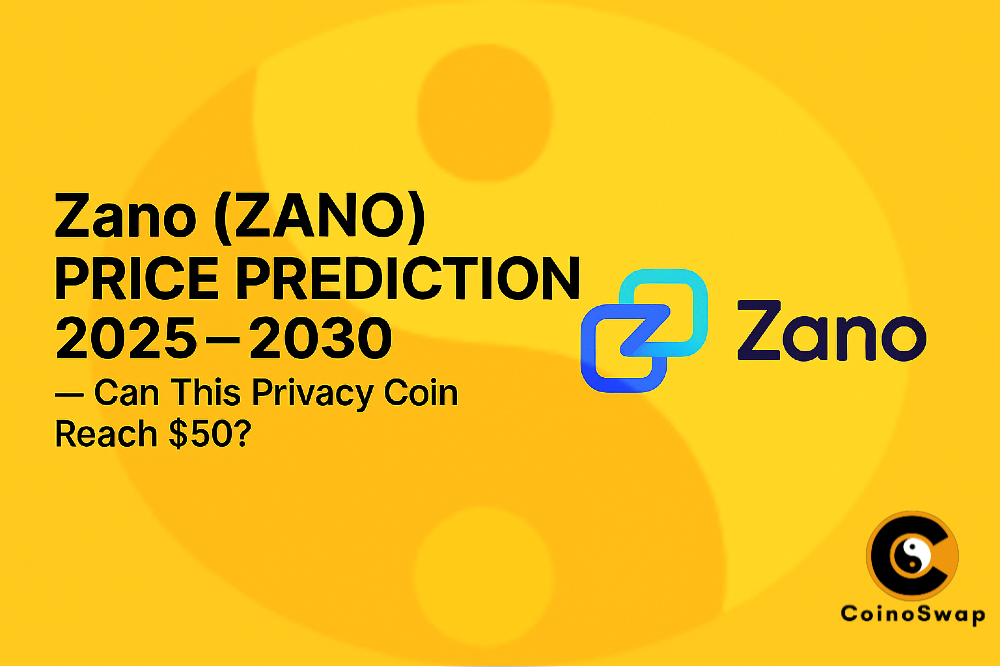CoinoSwap.com provides low slippage swap by routing transactions through deep liquidity sources across multiple decentralized and centralized exchanges to reduce volatility impact and ensure precise price execution.
Key Considerations
Understanding Low Slippage Swap in Crypto
When trading cryptocurrencies, slippage occurs when the actual execution price differs from the quoted or expected price. This can be due to sudden market movements, illiquid tokens, or delays in transaction confirmation. Managing slippage is essential to preserve the value of each transaction and ensure transparency in swap outcomes.
- Real-time access to deep liquidity pools across exchanges
- Dynamic routing that chooses optimal execution paths
- Tighter bid-ask spreads on major trading pairs
- Execution tools that lock pricing momentarily during swap approval
- Aggregator systems that batch liquidity sources for reduced rate drift
Why Slippage Matters for Crypto Users
For retail and institutional traders alike, slippage can erode profitability—especially when transacting large volumes or trading volatile assets. High slippage results in poor price execution and potential financial loss, making low slippage swap critical for any strategy involving precision.
- Traders get closer to the rates they preview before clicking “Swap”
- Users can avoid front-running or miner extractable value (MEV) exploits
- It preserves pricing integrity across high-frequency or arbitrage trades
- Swaps remain predictable across varying network loads
- It limits the risk of accidental overpayment in volatile markets
How CoinoSwap Achieves Low Slippage Execution
CoinoSwap offers low slippage swap execution by integrating smart-routing logic, real-time oracle feeds, and off-chain quoting protocols across decentralized and centralized exchanges. The platform focuses on optimizing trade paths and minimizing rate deviation.
- Aggregated liquidity from DEXs like Uniswap and CEXs like Binance
- Slippage thresholds set at user and system level for better control
- Auto-routing to the deepest available pool with lowest swap impact
- Use of MEV-resilient routing logic to avoid sandwich attacks
- Simultaneous sourcing of price quotes from multiple trading paths
Reducing Slippage When Swapping Tokens
While CoinoSwap automates slippage control, users can take proactive measures to limit their exposure. By configuring certain platform or wallet settings, traders can further protect themselves against market shocks or liquidity gaps.
- Increasing the transaction gas to minimize pending time
- Setting tight slippage tolerances on aggregator settings (e.g., 0.1%)
- Swapping during times of lower market volatility
- Using wrapped or stablecoin trading pairs to limit price movement
- Breaking large swaps into smaller chunks to preserve rate stability
Use Cases for Low Slippage Swap
Certain crypto participants depend heavily on low slippage swap execution due to the nature of their strategies or asset types. In such cases, stable and transparent execution pricing isn’t just a benefit—it’s a necessity.
- Arbitrage traders needing exact execution to maintain profitability
- Institutional users executing large swaps with tight risk thresholds
- Privacy seekers looking for rate stability in stealth swaps
- Altcoin traders dealing with volatile small-cap tokens
- DeFi investors entering or exiting positions in yield pools
See our Kaspa Swap Guide 2025 – No KYC CoinoSwap and Dash vs Monero Comparison 2025 for more swap strategy insights.
Slippage and Privacy-Centric Tokens
Privacy coins like XMR, ZEC, and KAS often present unique challenges when it comes to swap execution and low slippage swap. These assets typically trade in thinner markets with fewer direct pairs, making slippage an even more important concern.
- Routing through optimized pairs (e.g., XMR–USDT–BTC)
- Pre-scanning order books to find least-impact paths
- Using time-locked quotes with smart contract protection
- Avoiding non-transparent or illiquid DEX listings
Resources: Ethereum.org – What is Slippage?, FinCEN – AML/KYC Guidance
Conclusion
Low slippage swap execution ensures that users receive pricing near their expected quote, avoiding the hidden costs of poor execution. CoinoSwap delivers this by leveraging deep liquidity access, dynamic routing, and MEV-resilient pathways across centralized and decentralized markets, making it the preferred platform for precise, value-preserving swaps across crypto assets.


